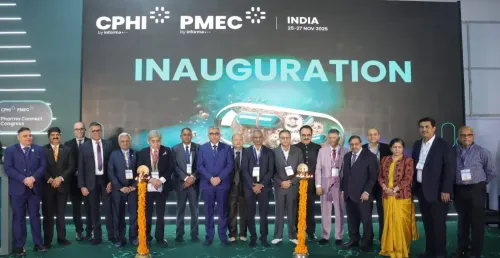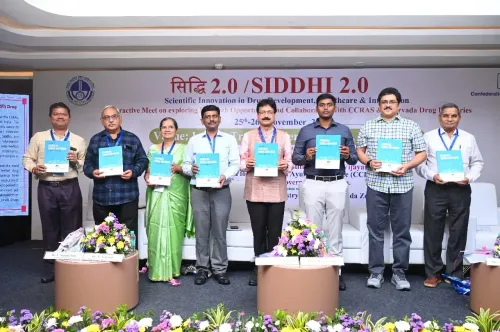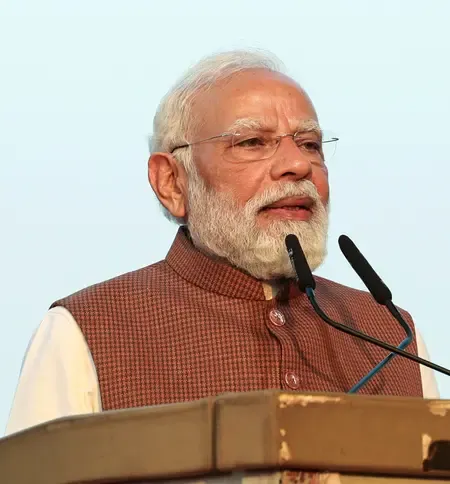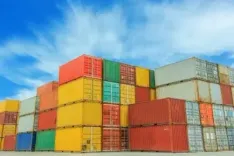How Will the Amendment Enhance Indian Wind Turbine Manufacturing?
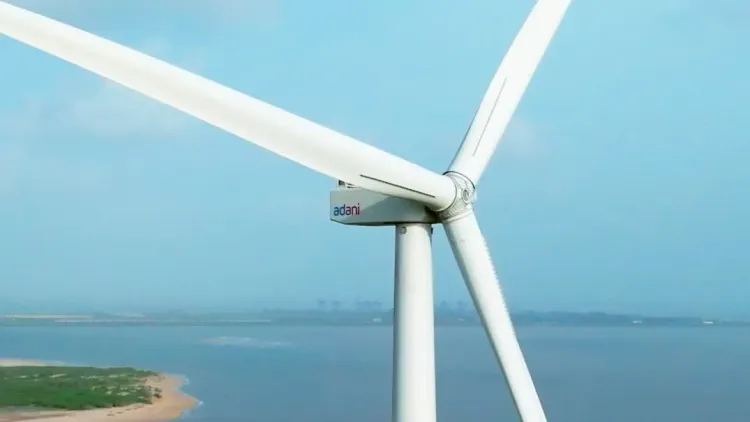
Synopsis
Key Takeaways
- The amendment promotes local sourcing of wind turbine components, enhancing competition.
- Chinese OEMs will need to adapt to local sourcing requirements.
- Indian manufacturers stand to gain from increased capacity utilization.
- Data security will improve as data systems remain within India.
- The move aligns with the 'Make in India' initiative, fostering self-reliance.
New Delhi, Aug 5 (NationPress) The recent amendment made by the Centre to the Approved List of Models and Manufacturers (ALMM) (Wind) procedure is poised to significantly benefit domestic wind turbine original equipment manufacturers by improving local sourcing of components, according to a report released on Tuesday.
With the introduction of a new regulation, Indian and Chinese wind OEMs will now face a more level playing field. Currently, Chinese wind OEMs operating in India import a substantial amount of low-cost components from China, making their products 10–15 percent cheaper than those produced by Indian manufacturers, as noted by Crisil Ratings.
Thanks to the latest amendment, Chinese wind OEMs will be required to source their components from Indian manufacturers, provided that Indian wind component suppliers are included in the ALMM list. This change is expected to eliminate the cost advantage enjoyed by Chinese firms and reinforce the local supply chain.
Furthermore, this initiative will enhance the credit profiles of domestic wind OEMs. On July 31, the Ministry of New and Renewable Energy (MNRE) modified the procedure for the inclusion of wind turbine models in the ALMM list (Wind), which certifies eligible wind turbine models for installation within the country.
The amendment necessitates that wind OEMs procure key components—such as blades, towers, gearboxes, generators, and special bearings, which constitute 65-70 percent of the total wind turbine cost—exclusively from ALMM (Wind Turbine Components) listed suppliers. Additionally, it requires that wind turbine data and control systems remain within India, utilizing local data centers, servers, and R&D facilities, thereby enhancing data security and bolstering the nation’s cybersecurity framework.
This regulatory change is anticipated to motivate wind OEMs to embrace the 'Make in India' initiative. Currently, Indian wind OEMs capture about 40–45 percent of the market and primarily source essential components domestically. In contrast, Chinese counterparts tend to import a larger proportion of affordable components from their home country.
Ankit Hakhu, Director at Crisil Ratings, stated, “Chinese manufacturers have increased their market share from a mere 10 percent in fiscal 2019 to approximately 45 percent in fiscal 2025, benefiting from inexpensive imported components. Assuming that predominantly Indian wind component manufacturers are added to the ALMM, Chinese wind OEMs will be compelled to procure locally.”
This shift could greatly benefit Indian manufacturers who currently have underutilized production capacity for these components.
“Nevertheless, even with this amendment, competition is expected to remain fierce, as the leading Chinese player, which holds a significant portion of the market, is likely to maintain its presence in India. The capacity utilization of Indian wind OEMs is projected to rise to 50-55 percent in the near term, up from 30-35 percent (in fiscal 2025), supported by robust order books,” remarked Gauri Gupta from Crisil Ratings.

